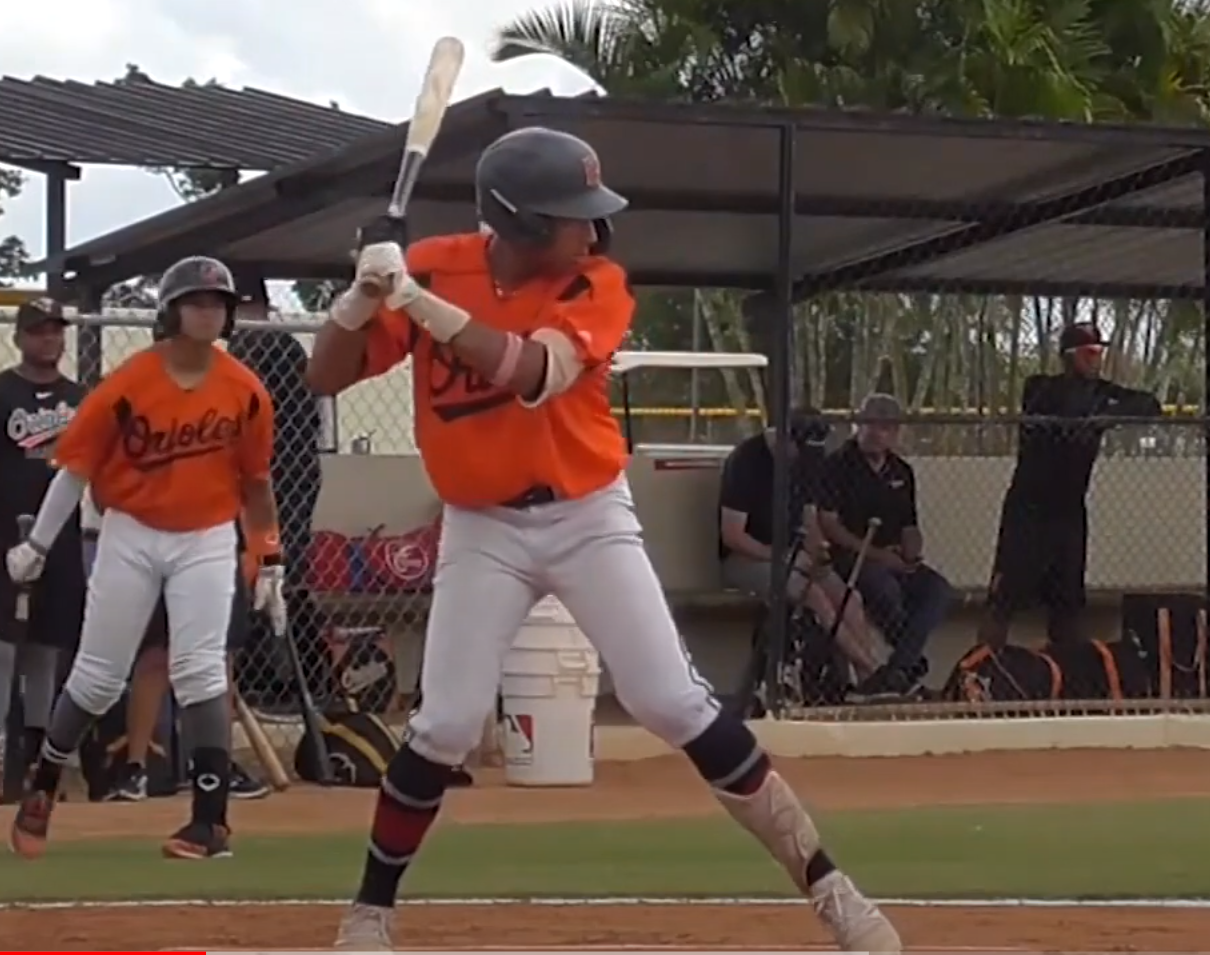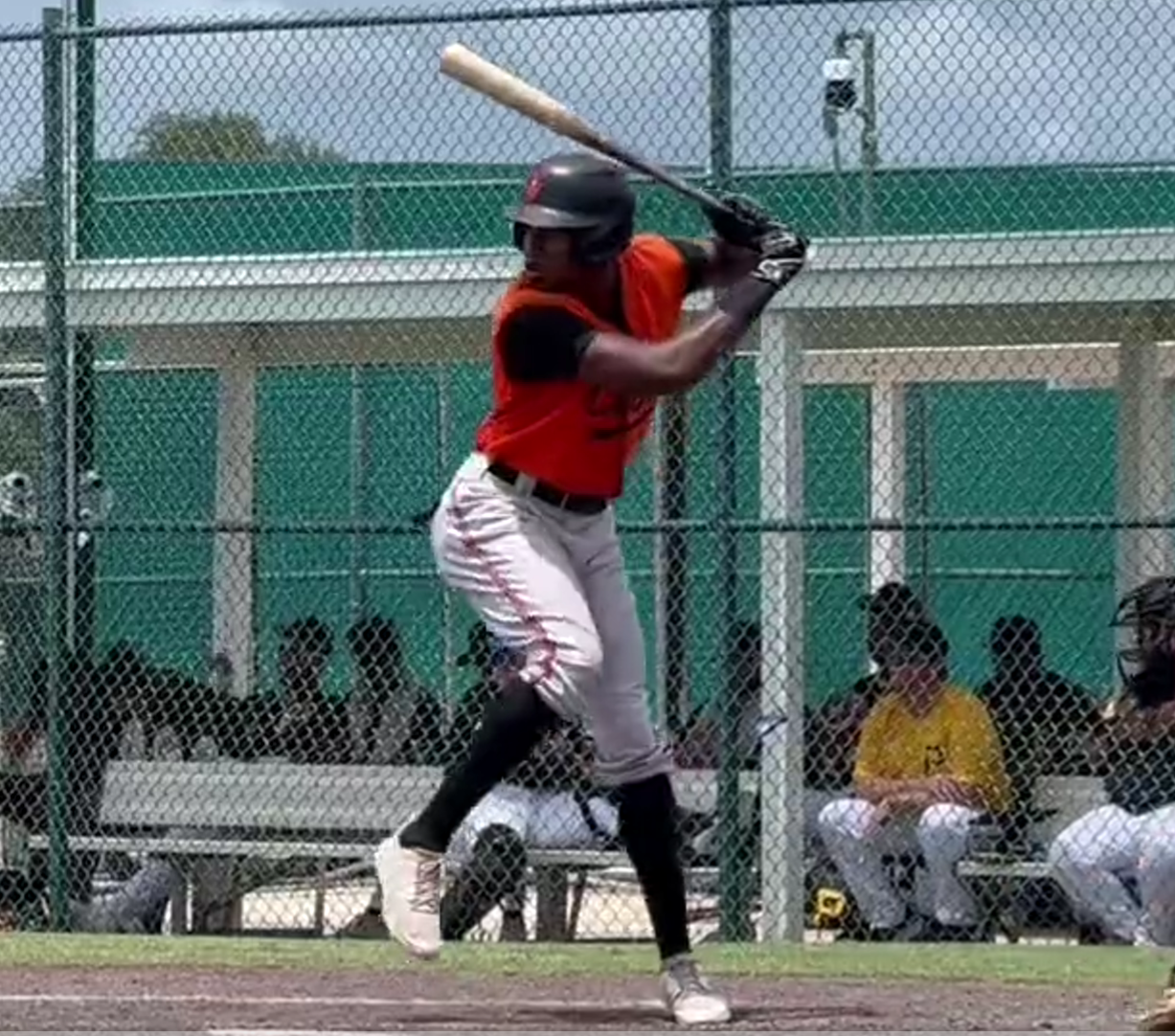By SteveA
Every time someone is thrown out, people notice it and get upset.
If you had a coach who never had anyone thrown out, that guy would be a BAD coach. That means he is not sending people with a 90% chance of making it (because if he sent ten of those guys, one would get thrown out).
Depending on the game situation, it can be worth it to send a guy to the plate whose chance is as low as 50 or 60% (late/close 2 out situations where 1 run is super important). It’s probably ALWAYS wise to send someone with a 80% chance unless you are way way behind and need baserunners. But if you send 50 guys over the year with an 80% chance, which you SHOULD, that’s 10 outs at the plate.
I think people just remember the outs at the plate, or react to them in the moment. There are people who think every time a guy is thrown out it’s the coach’s fault. And the math says that just isn’t so. A coach who has very few people thrown out at the plate is probably not doing his job well and leaving more potential runs off the board than he should.
10 hours ago, DrungoHazewood said:
Great post. With two out and Ted Williams coming up you still only have maybe a 50/50 shot at scoring a runner from third, so the go decision is probably right around 50%. You should be sending runners at a rate that almost half those guys get thrown out because Ted is going to make the third out with the runner standing on third half the time. With Caleb Joseph coming up next you probably send Sam Horn on a two hopper to Roberto Clemente.
Well, that isn’t factoring in the expected # of runs you could still score if you hold him.
Send him and he is out: 0 runs
Send him and he is safe: 1 run and maybe more
Don’t send him: 0 runs and maybe more
So if it’s early in the game you don’t want to just say, I’ve got a 50% chance of getting him home and the next batter reaches < 50% of the time, so send him. Because getting out guarantees 0 runs, while holding him means you still could get the run in, and you might wind up getting 2, 3, or even more.
In the 8th inning and a tie game or down by run, getting A RUN is critical so you don’t care as much. But being out can cost you multiple potential runs you would have scored, so early in the game you have to factor that in.
The real way to determine the proper % is to look at that chart that has win expectancy by inning, outs, and men on base. If it’s 2 outs in a tie game in the bottom of the 8th, and there’s a single with men on 1st and 2nd, your options are:
1) Don’t send him: you have bases loaded 2 outs tie game 8B… see what the team’s win% is.
2) Send him and he’s out: you have a tie game, no outs, top of the 9th… see what your win% is on the chart.
3) Send him and he’s save: you are up 1 bottom 8th, 2 outs, 1st and 3rd (assume runner from 1st takes 3rd on the throw)… see what your win% is on the chart
Then figure out what percentage of being save makes #2 * safe chance + #3 * out chance > #1
If I wasn’t at work I’d dig up an example.
But clearly the numbers will differ in a late tight game than early in the game. Because being out carries a bigger penalty early in the game because there is some finite chance it will kill what “would have been” a big inning just to get that 1 run that might have scored anyway. But late in a close game that 1 run is much more important.
And of course all that is before you take into account whether it’s Ted Williams or Caleb Joseph due next!
But the bottom line is that we react negatively every time a guy is thrown out and blame the 3B coach. But if a 3B coach never or very rarely had guys thrown out, he would not be doing his job anywhere near optimally, he’d be holding way too many guys. 3rd base coaches are the offensive coordinators of baseball… the fans think they always suck.


























![depositphotos_188053030-stock-video-baltimore-orioles-flag-american-professional[1]](https://orioleshangout.com/wp-content/uploads/2018/12/depositphotos_188053030-stock-video-baltimore-orioles-flag-american-professional1.jpg)





